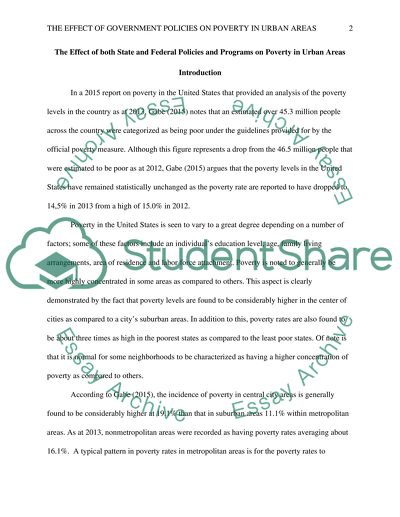Cite this document
(“Urban Politics Research Paper Example | Topics and Well Written Essays - 2750 words”, n.d.)
Urban Politics Research Paper Example | Topics and Well Written Essays - 2750 words. Retrieved from https://studentshare.org/social-science/1686696-urban-politics
Urban Politics Research Paper Example | Topics and Well Written Essays - 2750 words. Retrieved from https://studentshare.org/social-science/1686696-urban-politics
(Urban Politics Research Paper Example | Topics and Well Written Essays - 2750 Words)
Urban Politics Research Paper Example | Topics and Well Written Essays - 2750 Words. https://studentshare.org/social-science/1686696-urban-politics.
Urban Politics Research Paper Example | Topics and Well Written Essays - 2750 Words. https://studentshare.org/social-science/1686696-urban-politics.
“Urban Politics Research Paper Example | Topics and Well Written Essays - 2750 Words”, n.d. https://studentshare.org/social-science/1686696-urban-politics.


